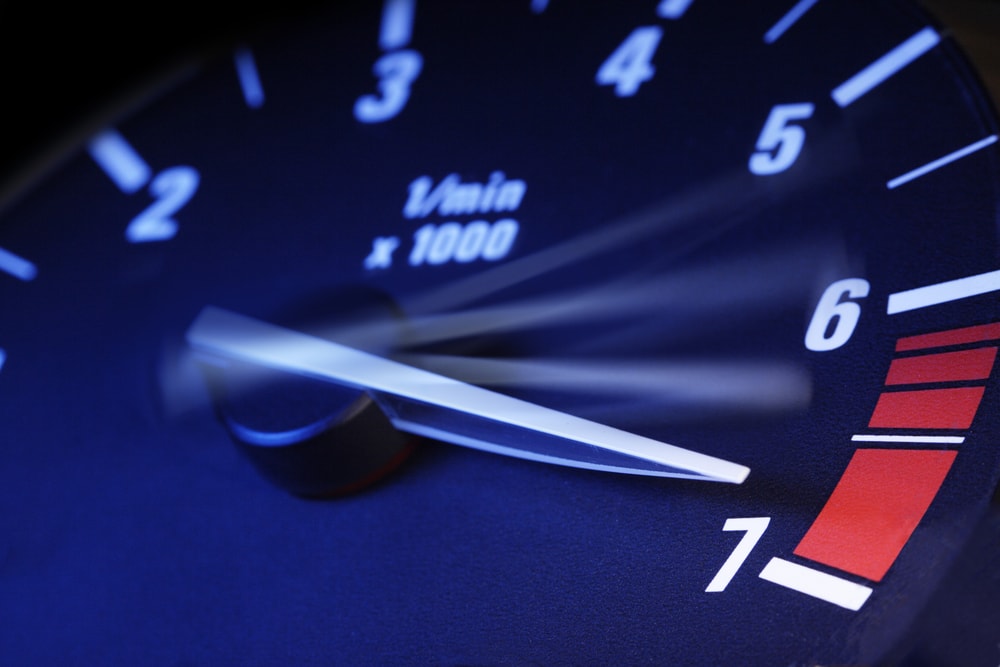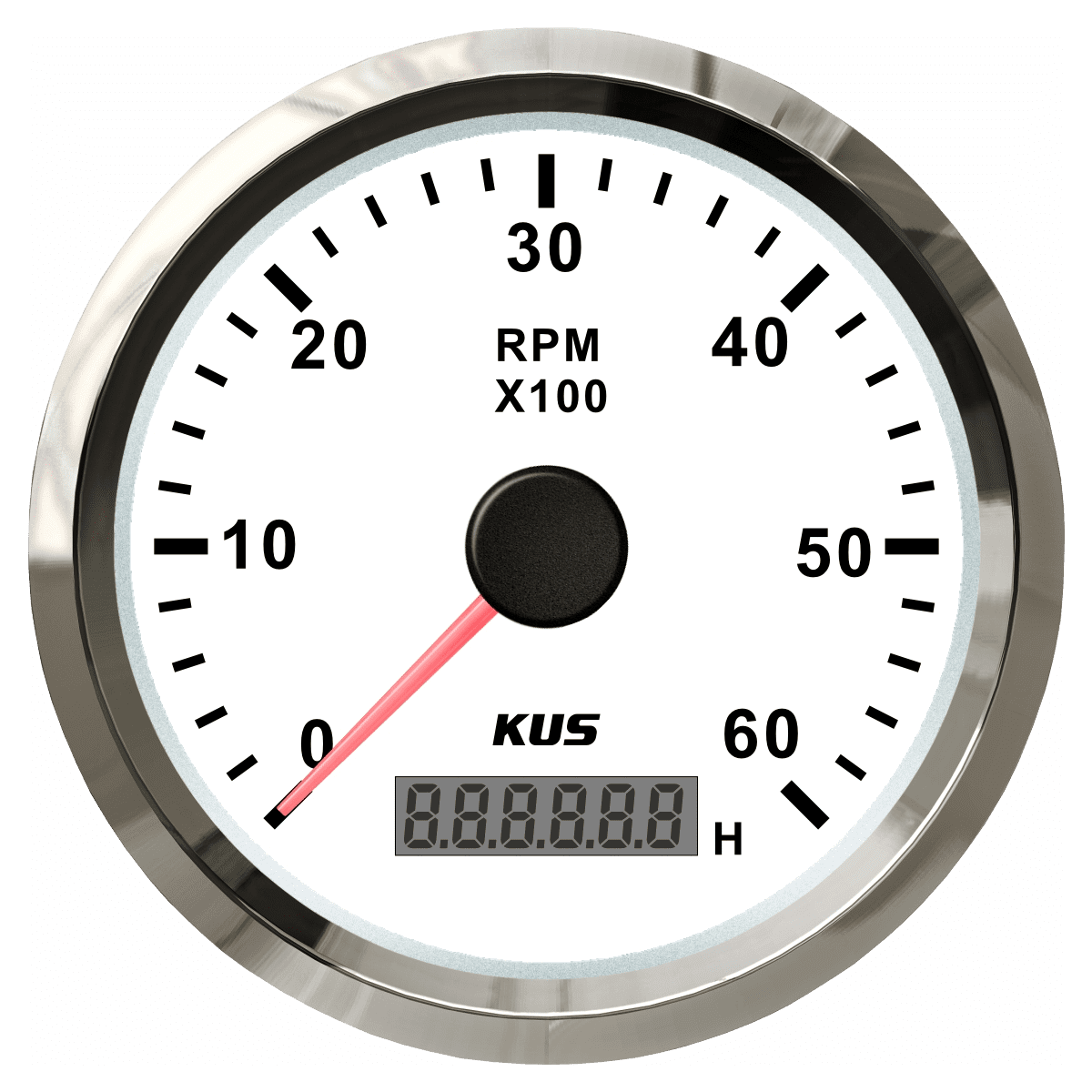Exactly how to Choose the Right Tachometer for Your Car or Bike
Exactly how to Choose the Right Tachometer for Your Car or Bike
Blog Article
The Relevance of a Tachometer in Monitoring Engine Rate and Efficiency in Automotive Applications
In the realm of automotive engineering, the tachometer stands as an essential tool in the motorist's arsenal, providing a direct window into the inner functions of a car's engine. Past its function as a plain scale of transformations per min (RPM), the tachometer functions as a vital device for fanatics and specialists alike, offering real-time understandings right into engine efficiency and wellness. Recognizing the importance of this tool surpasses surface-level monitorings, diving right into the elaborate relationship between engine speed, power outcome, and general driving experience. As we explore the multifaceted function of the tachometer in auto applications, a much deeper gratitude for its effect on car dynamics and performance begins to emerge.
Relevance of Monitoring Engine RPM
Keeping an eye on engine RPM, or transformations per min, is a critical facet of automotive upkeep and performance assessment. Engine RPM directly correlates with the speed at which the engine's crankshaft revolves, indicating exactly how rapidly the engine is running.
Additionally, monitoring engine RPM is essential for efficiency analysis in racing and high-performance cars. Keeping optimal RPM levels is crucial for accomplishing peak power output and velocity. Racers usually utilize tachometers to guarantee they are operating within the ideal RPM variety for maximum efficiency. In recap, keeping track of engine RPM is not only important for finding concerns however also for enhancing engine efficiency in numerous automotive applications.

Advantages of Real-Time Data
In vehicle applications, real-time data plays an important role in offering instantaneous insights into the performance and condition of the lorry. By continually checking different specifications such as engine speed, temperature, fuel consumption, and more, real-time data supplies numerous benefits that add to enhanced efficiency and security when traveling.
Furthermore, real-time information helps with efficiency optimization by giving prompt responses on driving practices and engine performance. Chauffeurs can adjust their behavior in real-time based on this info to attain much better fuel economy and prolong the lifespan of their automobile.

Additionally, real-time information plays a vital duty in modern vehicle diagnostics, enabling technicians to rapidly diagnose and deal with breakdowns. This leads to reduced downtime, reduced upkeep prices, and inevitably, boosted overall vehicle reliability and durability (tachometer). By harnessing the power of real-time data, auto stakeholders can make informed decisions that favorably influence both the performance and durability of the vehicle
Effect On Equipment Shifts
The tachometer plays an essential duty in optimizing gear changes by offering real-time engine speed information to the driver. When approaching the redline on the tachometer, it signifies the vehicle driver to upshift to stop over-revving the engine and triggering possible damage.
Moreover, the tachometer aids in accomplishing smoother equipment shifts, specifically in manual transmissions. By monitoring engine rate, drivers can perform gear changes at the ideal RPM array, decreasing jerking activities and lessening wear on the transmission elements. This accuracy in gear changes not just enhances driving convenience yet also adds to fuel performance.
Enhancing Fuel Effectiveness
Provided click site the crucial function the tachometer plays in maximizing gear shifts for performance and engine health, it straight adds to taking full advantage of gas effectiveness in auto applications. By offering real-time feedback on engine speed, the tachometer helps motorists in maintaining the most reliable RPM range for gas economy. When chauffeurs consistently check the tachometer and readjust their driving behaviors accordingly, they can prevent unnecessary gas consumption triggered by over-revving or lugging the engine.
Moreover, the tachometer helps chauffeurs recognize the most fuel-efficient equipment to be in at any kind of provided minute, avoiding the engine from working more challenging than essential. This is specifically essential during acceleration and travelling, where being in the right equipment can dramatically affect fuel efficiency. In addition, the tachometer can inform vehicle drivers to possible mechanical problems that can be negatively impacting fuel economic climate, such as a slipping clutch or a blocked air filter. Finally, the tachometer acts as a valuable tool in improving fuel effectiveness by promoting optimum driving habits and determining areas for click here to read enhancement in the automobile's performance.

Maximizing Engine Long Life
The tachometer's function in monitoring engine speed and content efficiency is instrumental in ensuring the durability of auto engines. Monitoring the tachometer allows chauffeurs to stay within the advised RPM array for their lorry, stopping unnecessary stress on the engine and expanding its lifespan.

Final Thought
In final thought, the tachometer plays a crucial role in monitoring engine speed and efficiency in auto applications. By giving real-time data on RPM, it permits for reliable equipment changes, boosted fuel performance, and taken full advantage of engine longevity. This tool is essential for preserving optimum engine efficiency and making certain the total performance of a car.
Report this page